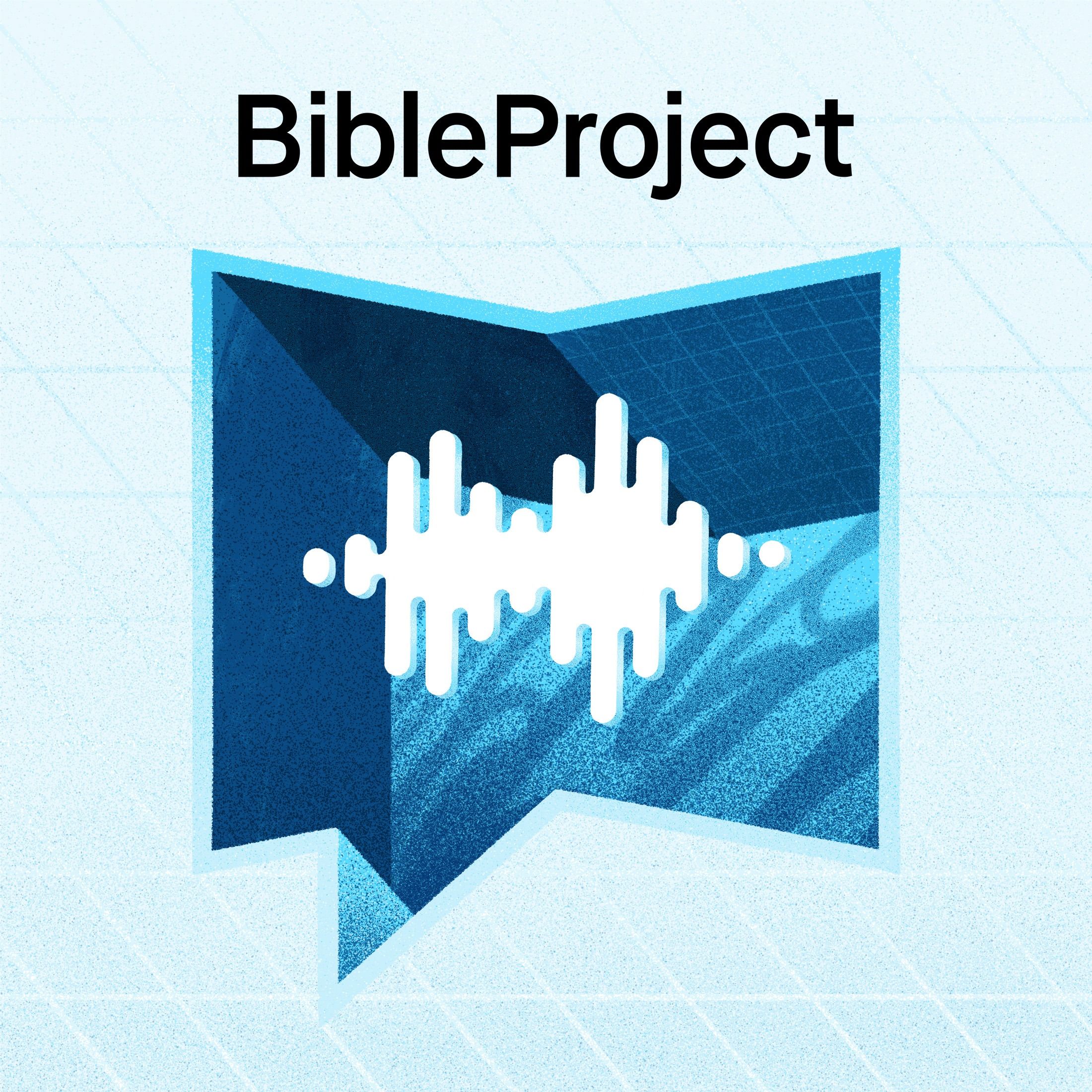

BibleProject
BibleProject Podcast
The creators of BibleProject have in-depth conversations about the Bible and theology. A companion podcast to BibleProject videos found at bibleproject.com
Episodes
Mentioned books

Feb 24, 2020 • 52min
Back to the Tree of Life – Tree of Life E8
Discover the symbolic significance of trees in the biblical narrative, particularly the tree of life. Explore themes of redemption, communion with God, and the longing for a new Eden. Unpack Jesus' teachings as a gardener, emphasizing spiritual growth through the parable of the sower. Delve into the imagery of the new Jerusalem, connecting it to the Garden of Eden and the ultimate reunion of heaven and earth. Conclude with insights on healing, nourishment, and the transformative journey toward spiritual maturity.

6 snips
Feb 17, 2020 • 53min
David, Isaiah, and New Eden – Tree of Life E7
Explore the fascinating concept of David establishing a new Eden in Jerusalem while his people chase after false idols. Delve into the significance of altars and the choices of biblical figures like Noah and Abraham. Unpack Isaiah's powerful imagery of trees and redemption, illustrating the contrast between loyalty to God and abandonment. Discover how David’s lineage and prophetic visions point to a renewed humanity, culminating in the promise of a transformative leader who embodies hope amidst despair.

Feb 10, 2020 • 1h 8min
Moses, Israel, & The S’neh Tree – Tree of Life E6
Discover the deep connections between Moses, trees, and divine encounters. The discussion reveals how pivotal moments in Moses' life reflect broader biblical themes of sacrifice and redemption. Explore the rich symbolism of trees, illustrating humanity's choices between life with God and self-reliance. The narrative highlights Moses' transformative journey and the struggle of the Israelites in the wilderness. Listen as they unravel the complexities of faith, idolatry, and the call to authentic belief within the spiritual landscape of the Bible.

Feb 3, 2020 • 37min
Are Humans Naturally Immortal? Tree of Life Q+R #1 – Tree of Life E5
This discussion dives into the mysterious symbolism of the Tree of Life, highlighting its role in decision-making and divine wisdom. The theme of sacrifice is explored through biblical figures like Noah, revealing how pivotal moments shape relationships with God. The nuances of Eden's trees are examined, questioning human mortality and the choices tied to them. Immortality is framed as a divine gift, intricately connected to life decisions. Overall, it offers profound insights into biblical narratives and their relevance to understanding life and faith.

13 snips
Jan 27, 2020 • 1h 9min
Dismantling the Tree - Tree of Life E4
The stories of Noah and Abraham reveal deep moral and divine themes surrounding trees in the Bible. They face crucial tests tied to tree symbolism, representing choices between good and evil. The discussion highlights the fragility of human decisions and how they often lead to a cycle of redemption and failure. Key moments, like Noah's sacrifices post-flood, illustrate attempts to restore humanity’s connection with God. Ultimately, these narratives emphasize the hope of second chances and how flawed individuals can fulfill a divine purpose.

Jan 20, 2020 • 50min
The Tale of Two Trees - Tree of Life E3
Explore the Garden of Eden, where the tree of life and the tree of knowledge present profound choices and temptations. Discover how these trees symbolize humanity's free will and its consequences in biblical narratives. Delve into moral complexities and the struggle between divine guidance and personal choices, emphasizing themes of obedience and disobedience. Reflect on key figures like Noah and Abraham, highlighting their symbolic connections to trees and the deeper spiritual lessons woven throughout their stories.

4 snips
Jan 13, 2020 • 58min
Trees of the Ancients – Tree of Life E2
Dive into the powerful symbolism of trees in biblical narratives, particularly the Tree of Life and the Tree of Knowledge. Discover how these trees represent profound moral choices and divine gifts, shaping humanity's relationship with God. Explore the cultural significance of trees in ancient societies and their connections to themes of kingship and redemption. Delve into the transformative journey towards spiritual intimacy with God, emphasizing a holistic understanding of life that links physical, relational, and existential fulfillment.

26 snips
Jan 6, 2020 • 1h 7min
Humans are... Trees? - Tree of Life E1
The podcast dives into the intriguing metaphor of trees in biblical texts, showcasing how they symbolize human flourishing. It highlights the significance of the Tree of Life and the Tree of Knowledge, exploring their pivotal roles in divine encounters and moral choices. Listeners will discover the deep connections between humanity and trees, reflecting on their shared themes of self-generation and divine creativity. The discussion also emphasizes the importance of being spiritually 'rooted' for growth, encouraging reflection on our relationship with nature.

Dec 31, 2019 • 18min
Happy New Year and What's Ahead for The Bible Project
The hosts kick off the new year with reflections on their community's support and the successes of their projects. They emphasize the importance of year-end fundraising for future initiatives and share exciting plans for Bible classes and global localization. Engaging visuals and collaborative projects with the YouVersion app are in the spotlight, aiming to enhance biblical understanding. The team shares personal insights, gratitude, and holiday cheer, fostering a sense of togetherness as they look ahead to new opportunities.

13 snips
Dec 30, 2019 • 58min
Hebrews: The Quest for Final Rest - 7th Day Rest E14
Dive into the profound themes of rest and rebellion as biblical narratives unfold. Discover how the wilderness journey parallels the quest for ultimate rest, inaugurated by Jesus yet to be fully realized. Explore the shift from the ancient Sabbath to the communal practices of early Christianity, emphasizing love and inclusion. Reflect on Psalm 95 and its connection to faith and trust, while learning from Israel's historical failures. Uncover the significance of worship in fostering community amid modern challenges.


